
The new 7 wonders of the world were voted on in an international contest many years ago. These rightful heirs of the Seven Wonders of the Ancient World are scattered around three continents and belong to extremely different cultures. However, there are many monuments in Spain, both natural and cultural, that have been compared to them.
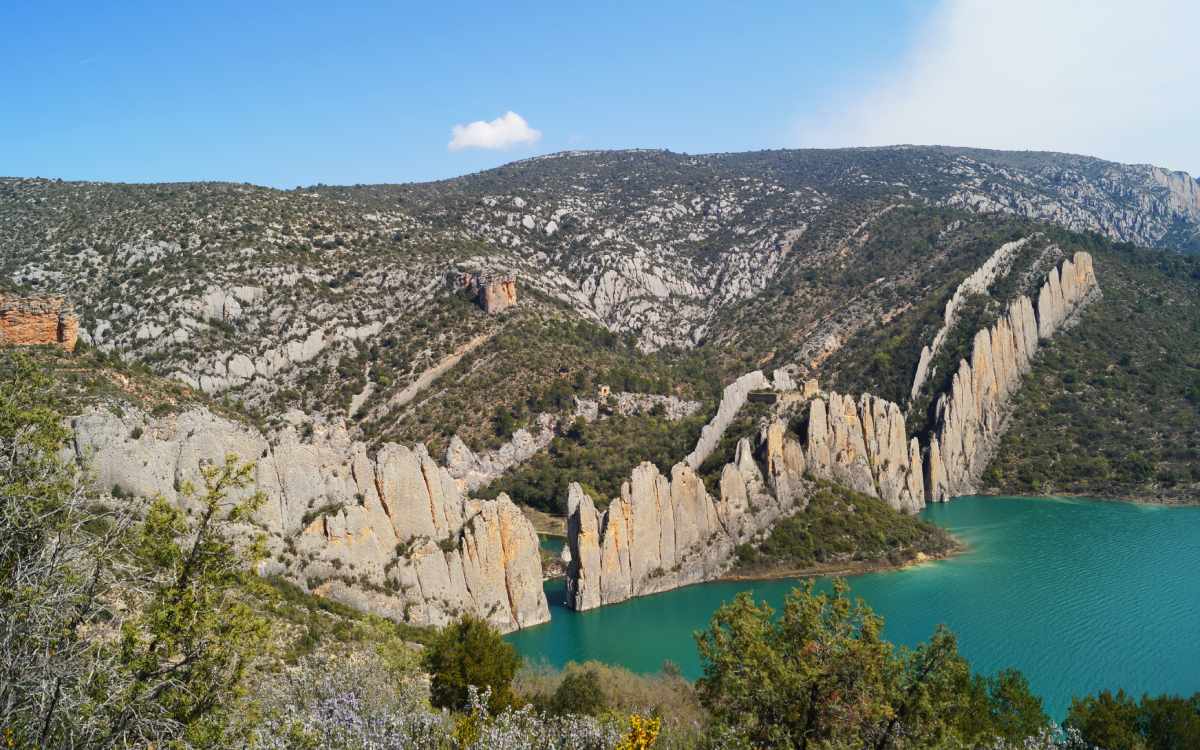
Finestres Wall. | Shutterstock
Finestres Wall wasn’t sculpted by an artist, but by the most powerful force: nature. This natural accident rises high over the waters of the Canelles Reservoir, near the border with Cataluña drawn by the Noguera Ribagorzana River.
Nature lovers who practice kayaking in this river will stumble upon this mass of giant, vertical lithic flakes that resemble the Earth’s teeth and take their breath away. The double line of flakes strongly evokes the Great Wall of China, as well as the waved terrain. The reservoir’s turquoise waters add even more beauty and create a singular experience that isn’t as famous as one could think.
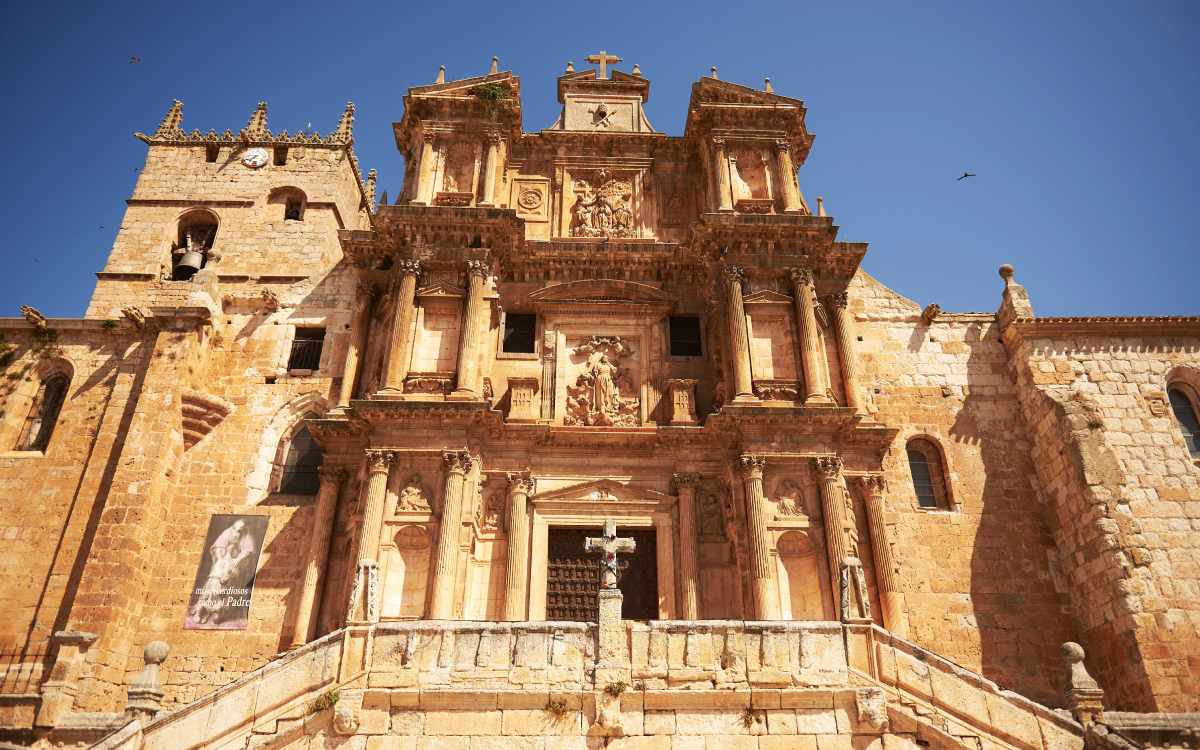
Santa María Church. | Shutterstock
The province of Burgos is an incredible gate to the old Nabataean Kingdom, what is now modern-day Jordan. Here you will find a church that has remained unknown until recently and whose facade reminds you of the most emblematic building in Petra, Al-Khazneh, Treasury.
The ‘Spanish Petra’ sits in a village that has remained as subtle as its beautiful church, Gumiel de Izán. It might be very similar to the world-renowned Petra, but the facade of the Santa María Church has a baroque style. And its origins actually date back to the Middle Ages.
The Treasury of Petra is several years older than its Spanish sister. It dates back to the 1st century B.C., but both buildings are inspired by classical architecture. This can be seen in the pediments and the Corinthian column of Gumiel de Izán Church, a great example of stone sculpting that shines as brightly as every Baroque masterpiece should.
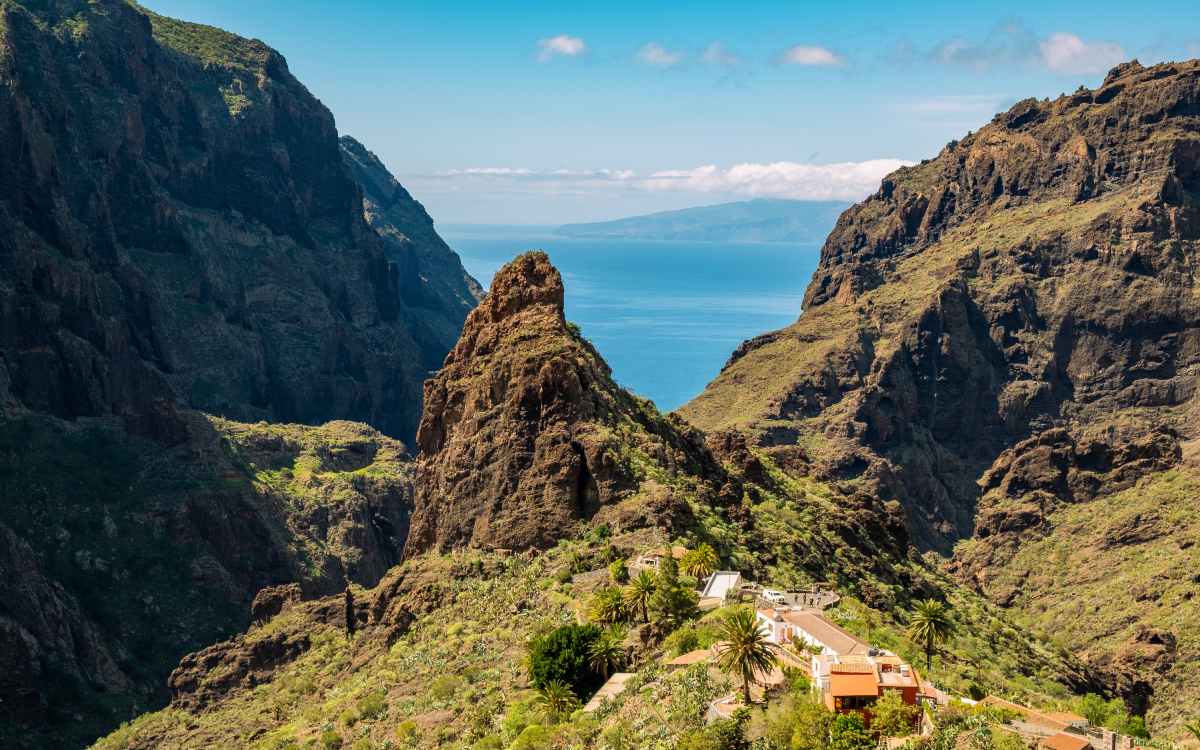
Masca. | Shutterstock
This place hangs on a giant hill, under the shadow of even more fascinating, large rocky masses. Masca hides in a green, natural layer of plants, under the deep blue shade of the sky. This tiny hamlet on the island of Tenerife is very similar to the famous Inca citadel.
Most spots of this mountainous area of the island, the Teno Rural Park, will remind you of Andean culture. This ‘Spanish Macchu Pichu’ belongs to the municipality of Buenavista del Norte. It has been one of the most inaccessible inhabited places in Canarias since the Guanche era.
Nowadays, getting to Masca still requires facing the strong slopes created by volcanic eruptions that took place a long time ago. Nevertheless, the reward compensates for the effort: the town’s main square is a wonderful viewpoint itself. You’ll touch the stars with your fingertips.
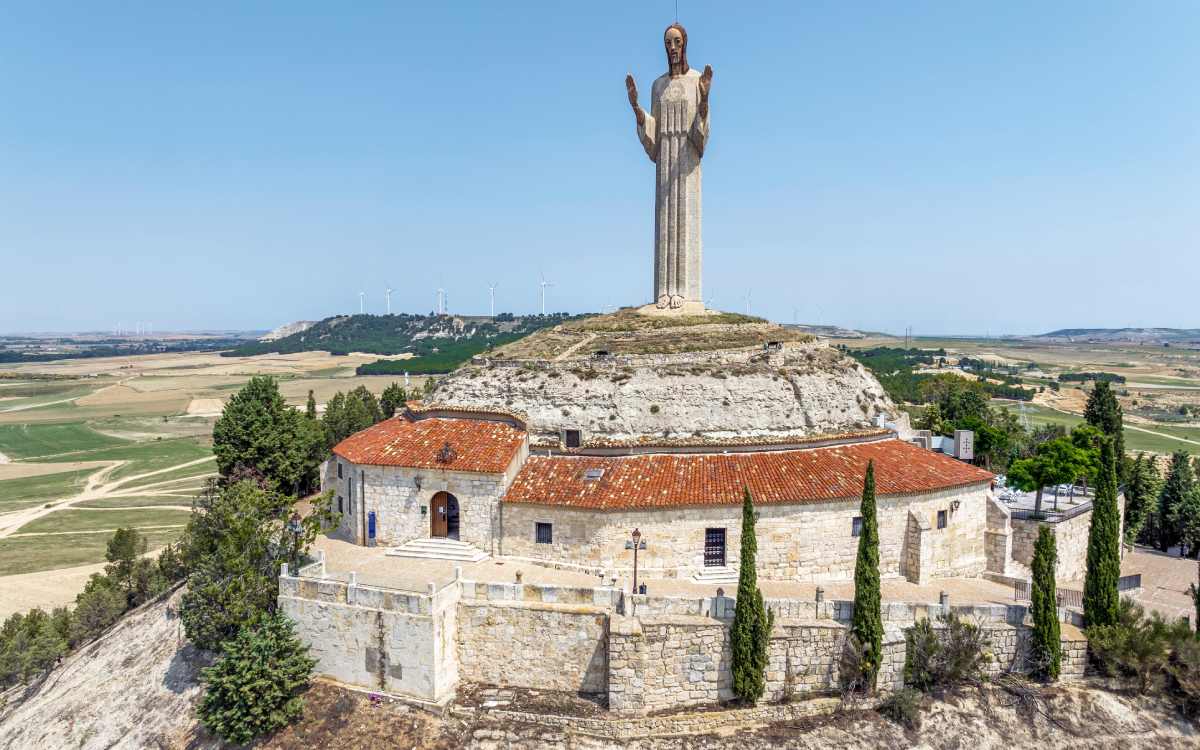
Cristo del Otero. | Shutterstock
The Christ The Redeemer of Rio de Janeiro, one of the most famous wonders of the world, has a Spanish brother who looks exactly like it. The Cristo del Otero watches over the city of Palencia and can be seen from afar perfectly. Besides, it is one of the most recognisable symbols of Palencia.
These two sculptures have even more in common: they were inaugurated in the same year, 1931, and they are inspired by the same artistic movements. The Jesus in Palencia is Spain’s largest and one of the largest in the world as well. It could have been even more fascinating—the original project intended to cover the sculpture with bronze and tiles, adding ivory and blue marble eyes.
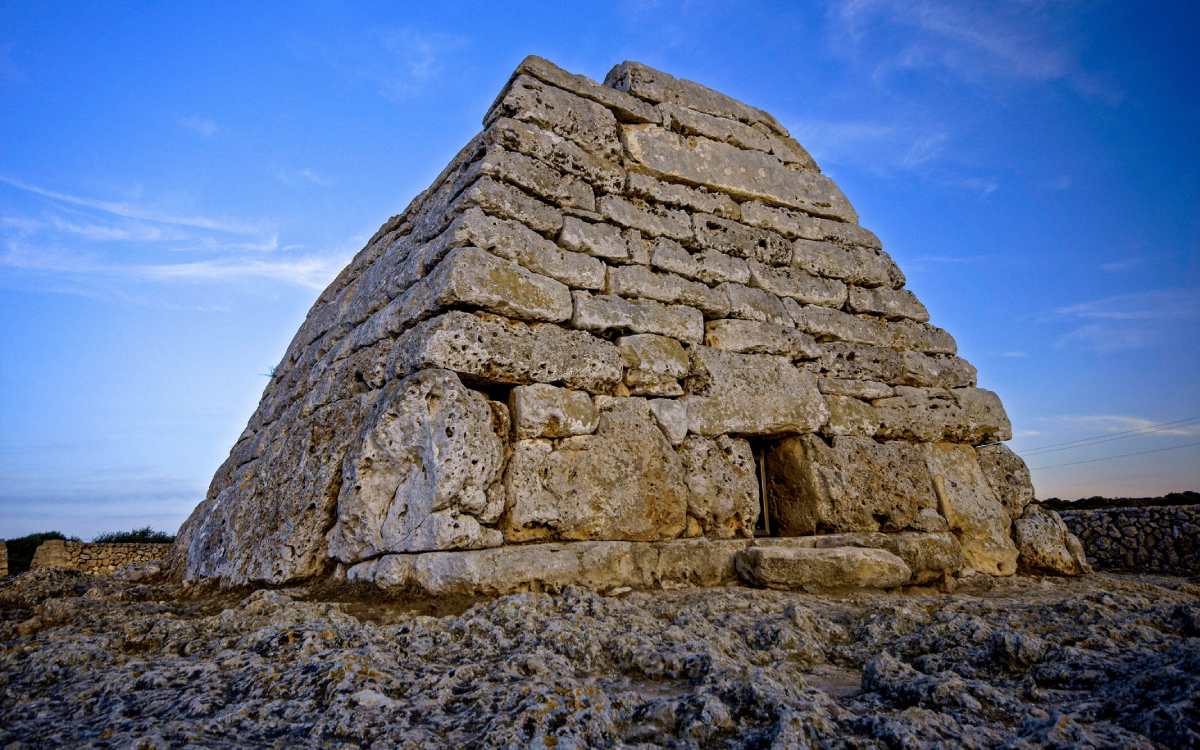
Naveta des Tudons. | Shutterstock
The archaeological site of Chichen Itza sits in Yucatán State, Mexico. It’s true evidence of the old Maya civilisation, a place that houses incredible astronomical knowledge and the horror of human remains. In Spain, the oldest standing building is in Menorca. Its characteristics evoke the famous Maya Kukulkan pyramid.
Its name is Naveta des Tudons, the extraordinary prehistoric chamber tomb that is still preserved after thousands of years. The Talaiotic culture that left an impressive legacy on this island is still a mystery to us. As time passes, diving into this culture gets more difficult. UNESCO has recently recognised the important value of Menorca’s sites, but they are as charming as the Maya temples.
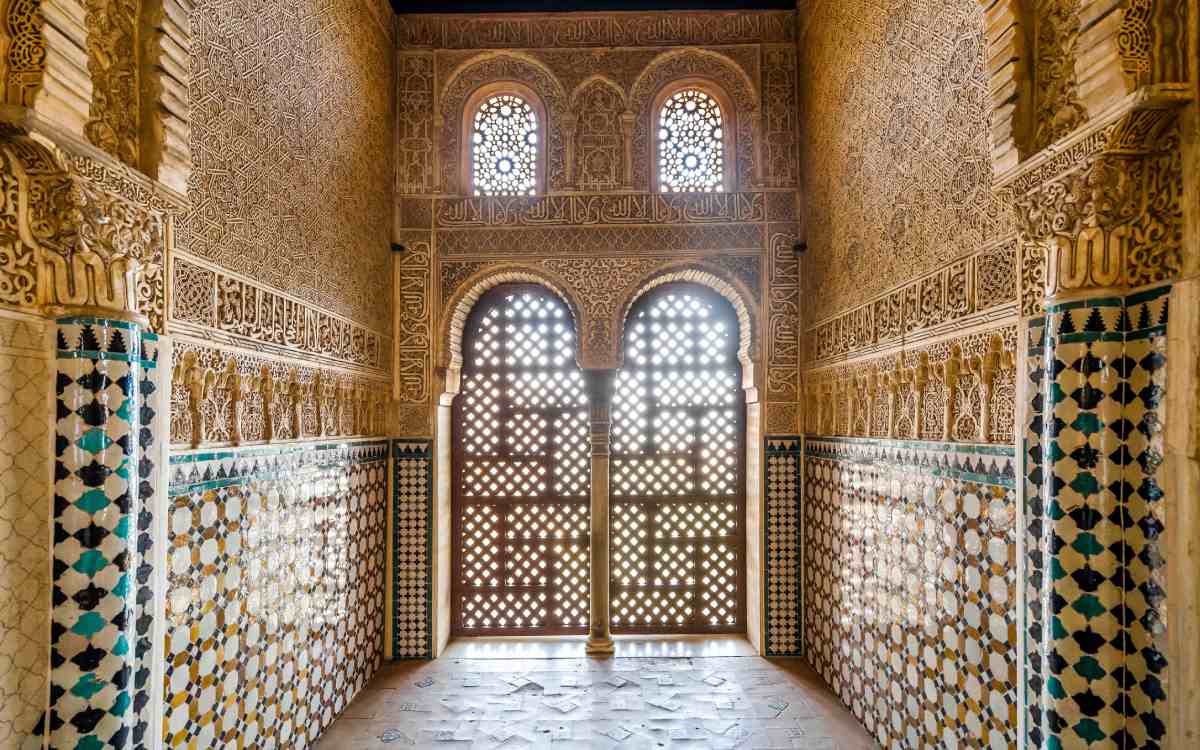
Interior of the Alhambra. | Shutterstock
The Taj Mahal looks straight out of a dream or one of the tales in ‘One Thousand and One Nights.’ Those who look at it are transported to that world of remote legends. Luckily, Arabic culture is still present in Spain through the many places that preserve their Arabic atmosphere. And you probably know the greatest example: the Alhambra of Granada.
The breathtaking palace complex from the Nasrid Granada was almost included on the list of the new wonders of the world. It is one of the most attractive places in Europe.
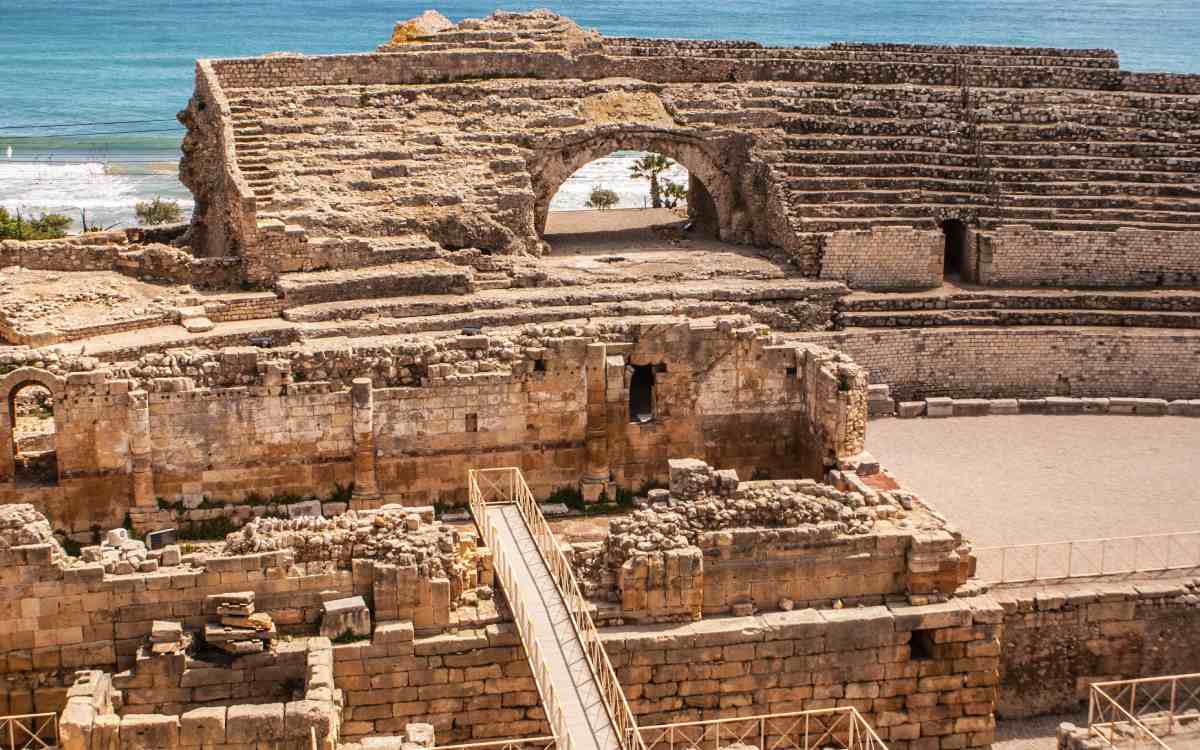
Tarragona Amphitheatre. | Shutterstock
There is a new wonder of the world that has the nearest equivalent in Spain: the Colosseum of Rome. Roman influence was decisive on the Iberian peninsula. One of the main Roman cities in the area was Tarraco. Its amphitheatre might be more modest than the one in the Eternal City, but it is a great example of the past.
The Tarraco or Tarragona Amphitheatre stands extremely close to the sea, behind the city wall, creating a very singular view. Built in the 2nd century, during Domitian’s reign, it held the same events as its older brother: gladiator fights and the hunting and killing of both animals and Christians under the burning gaze of 14,000 people. This wonder will undoubtedly take you to remote eras and breathtaking realities without even leaving Spain.